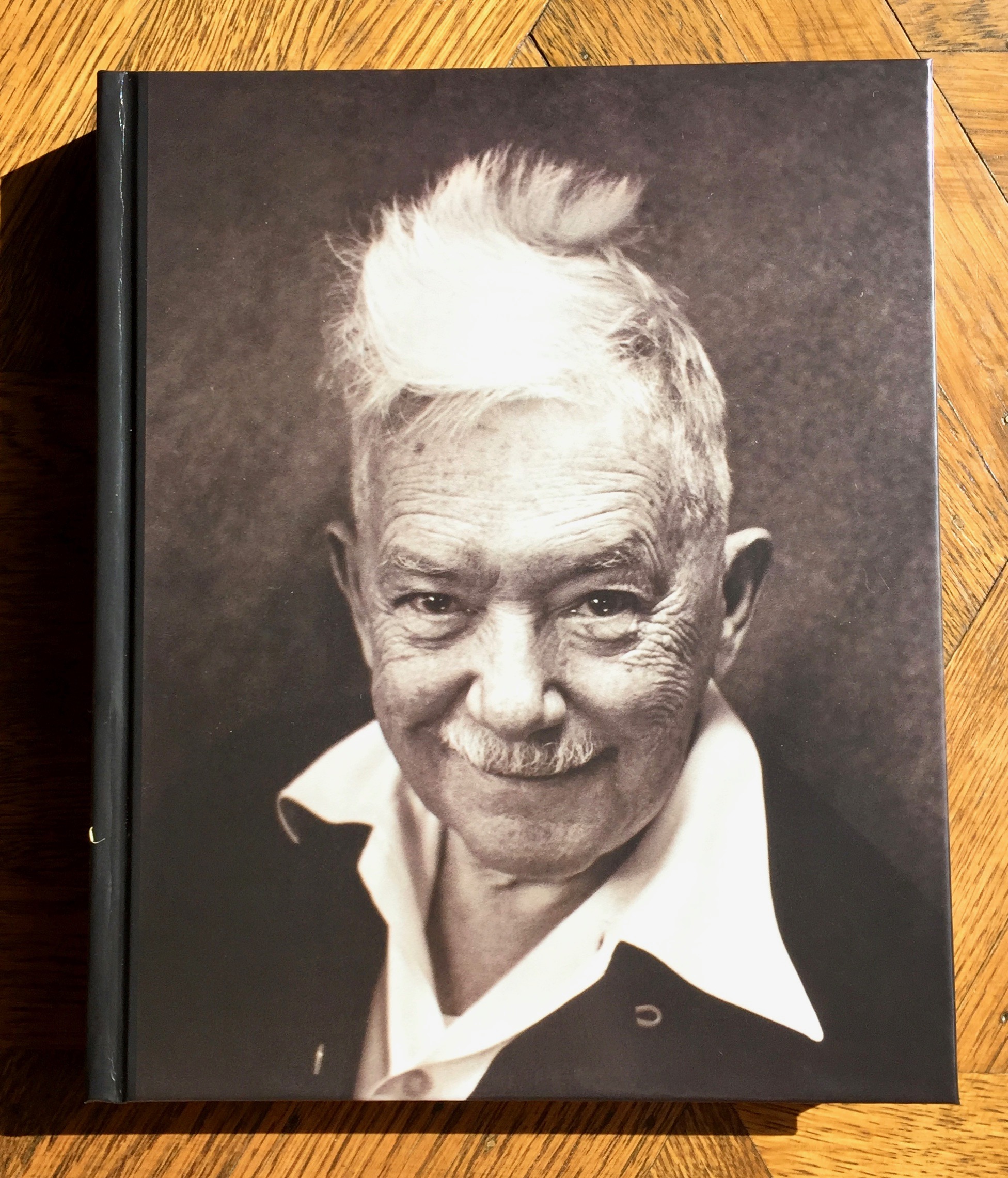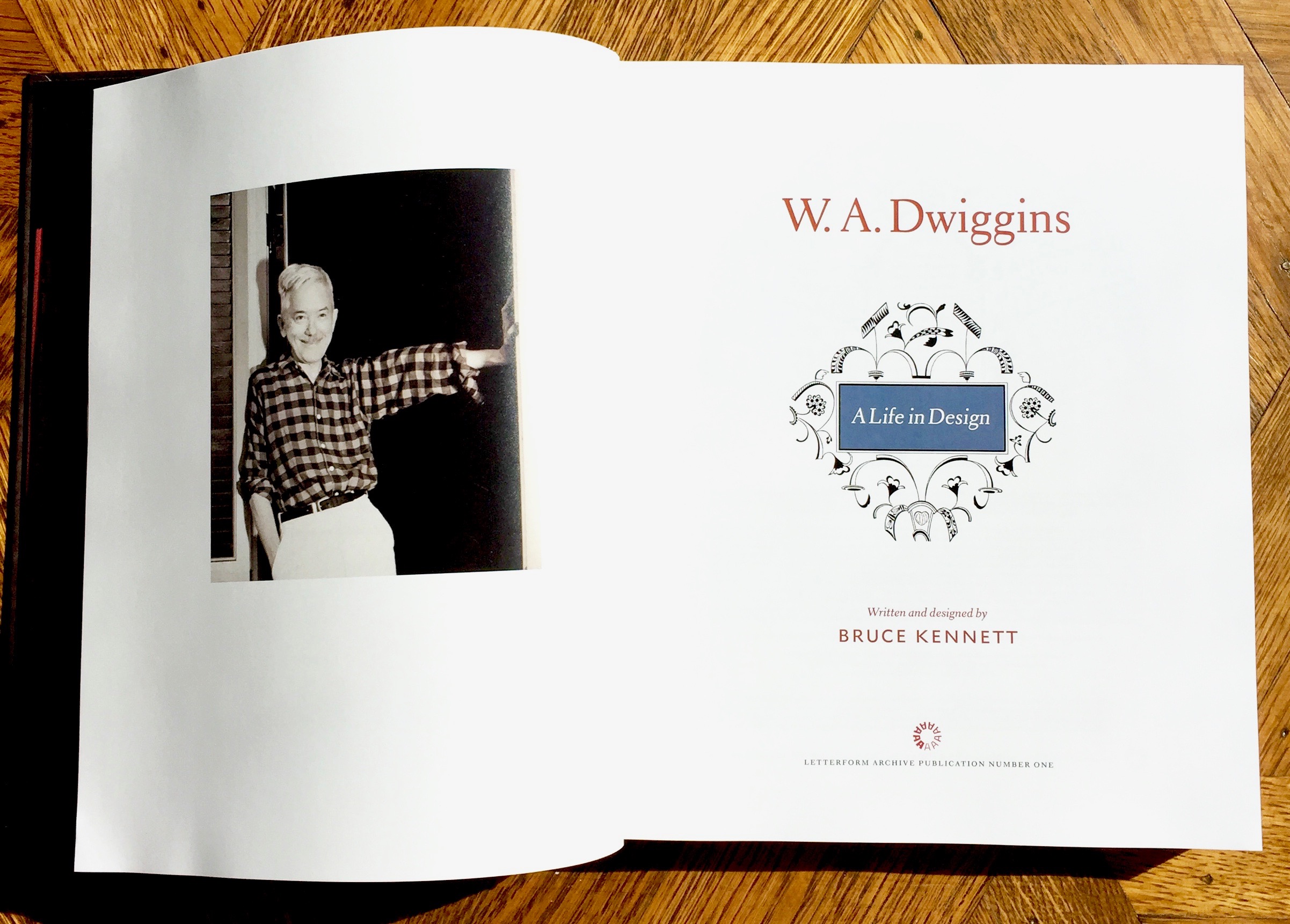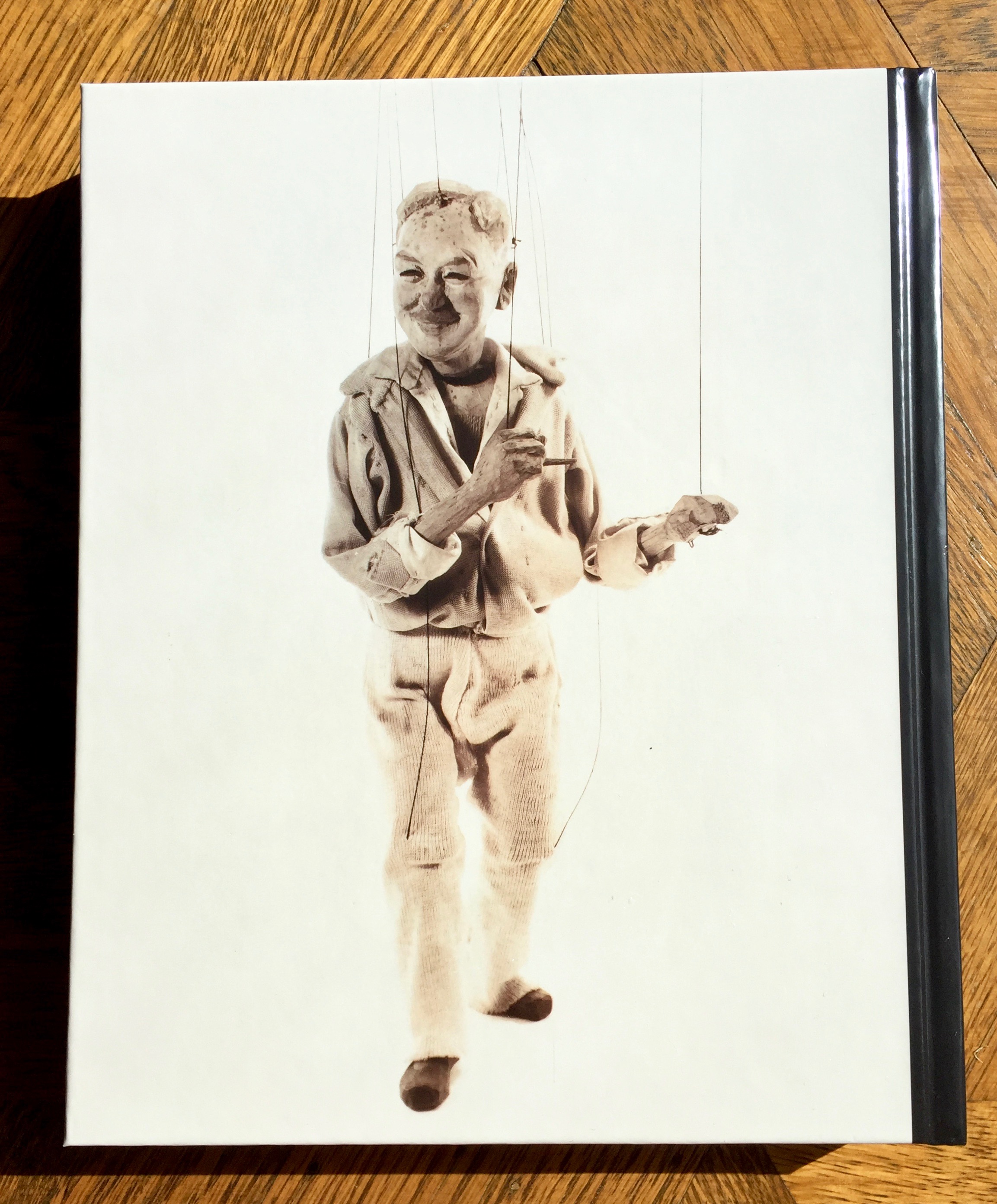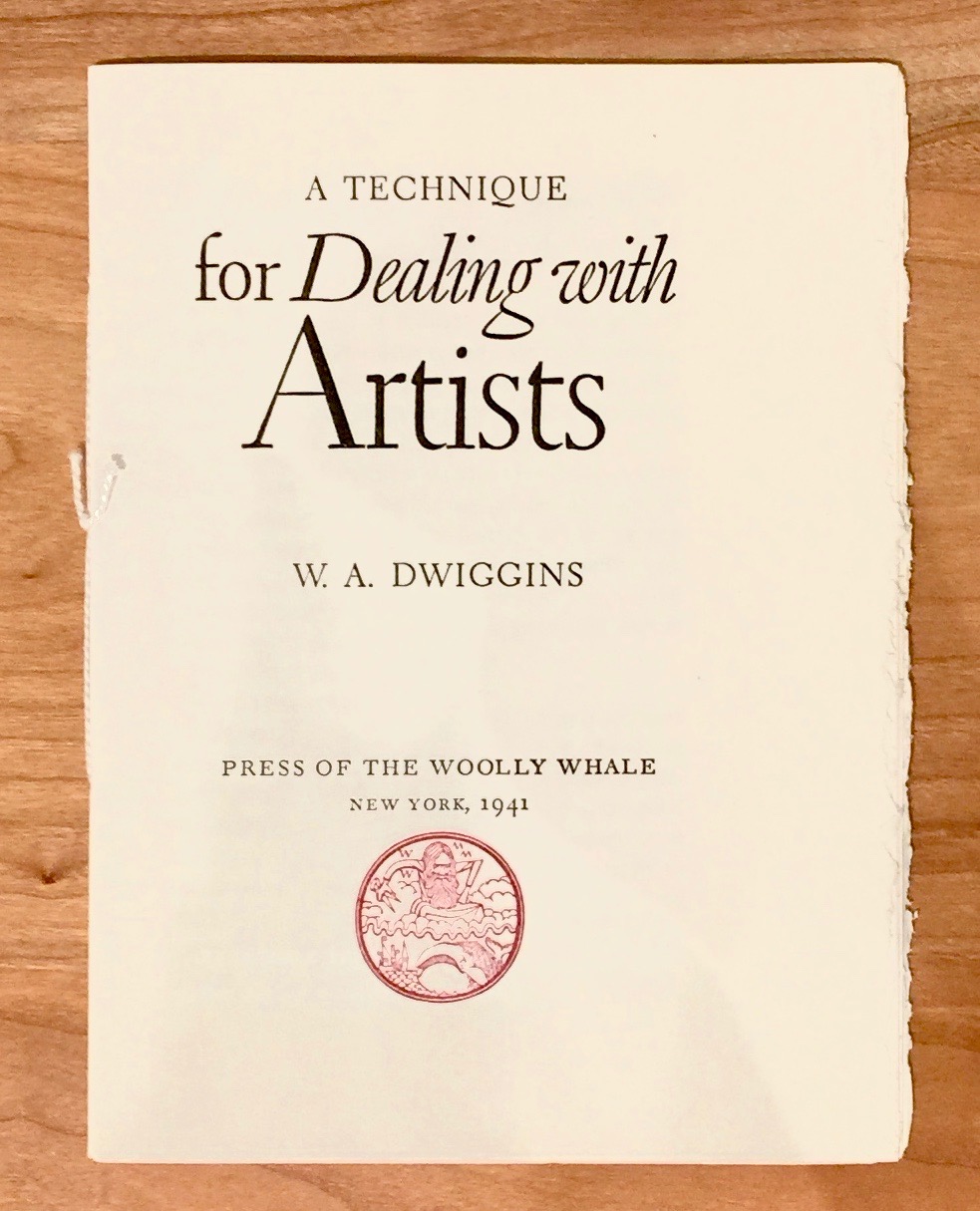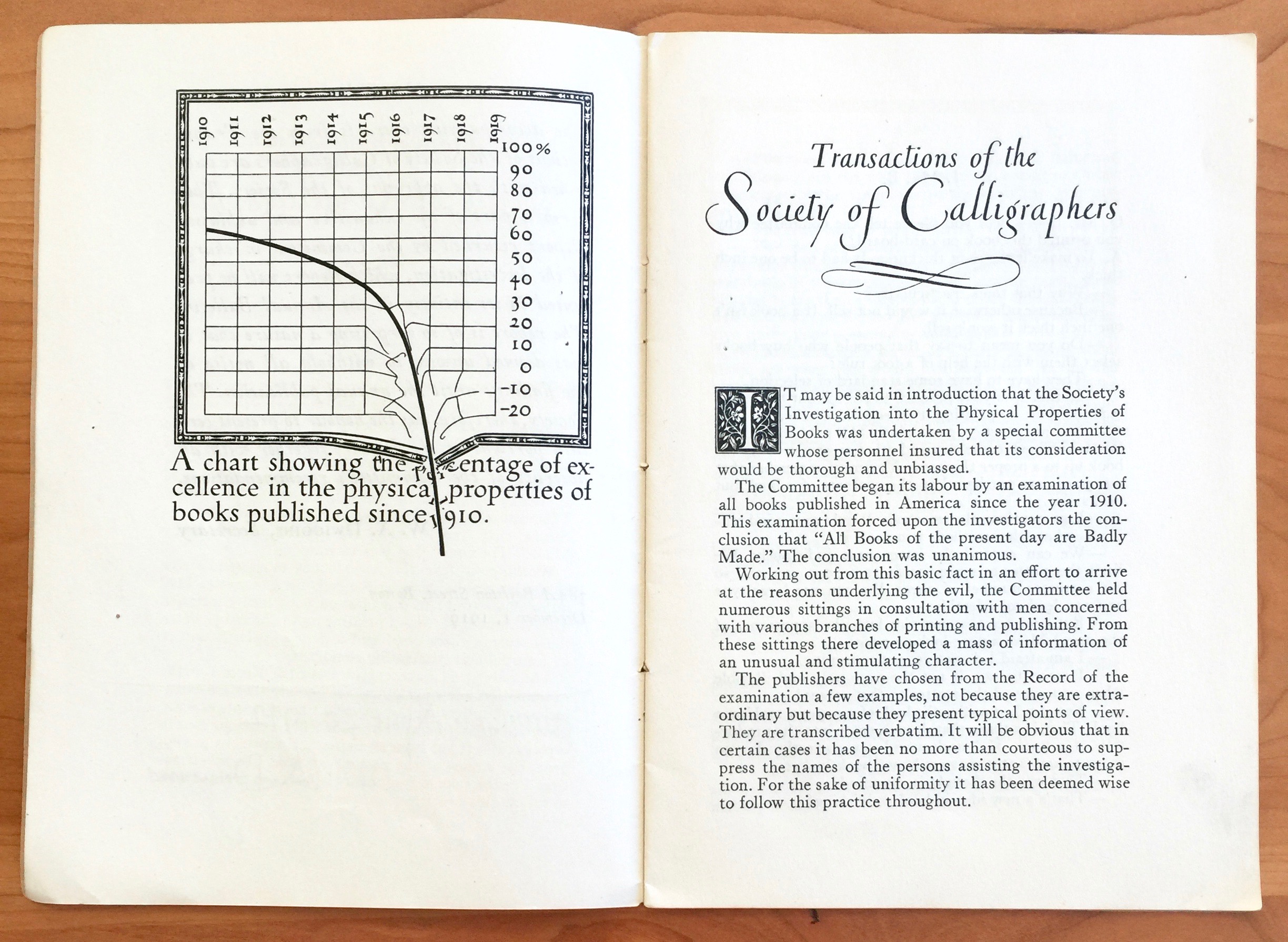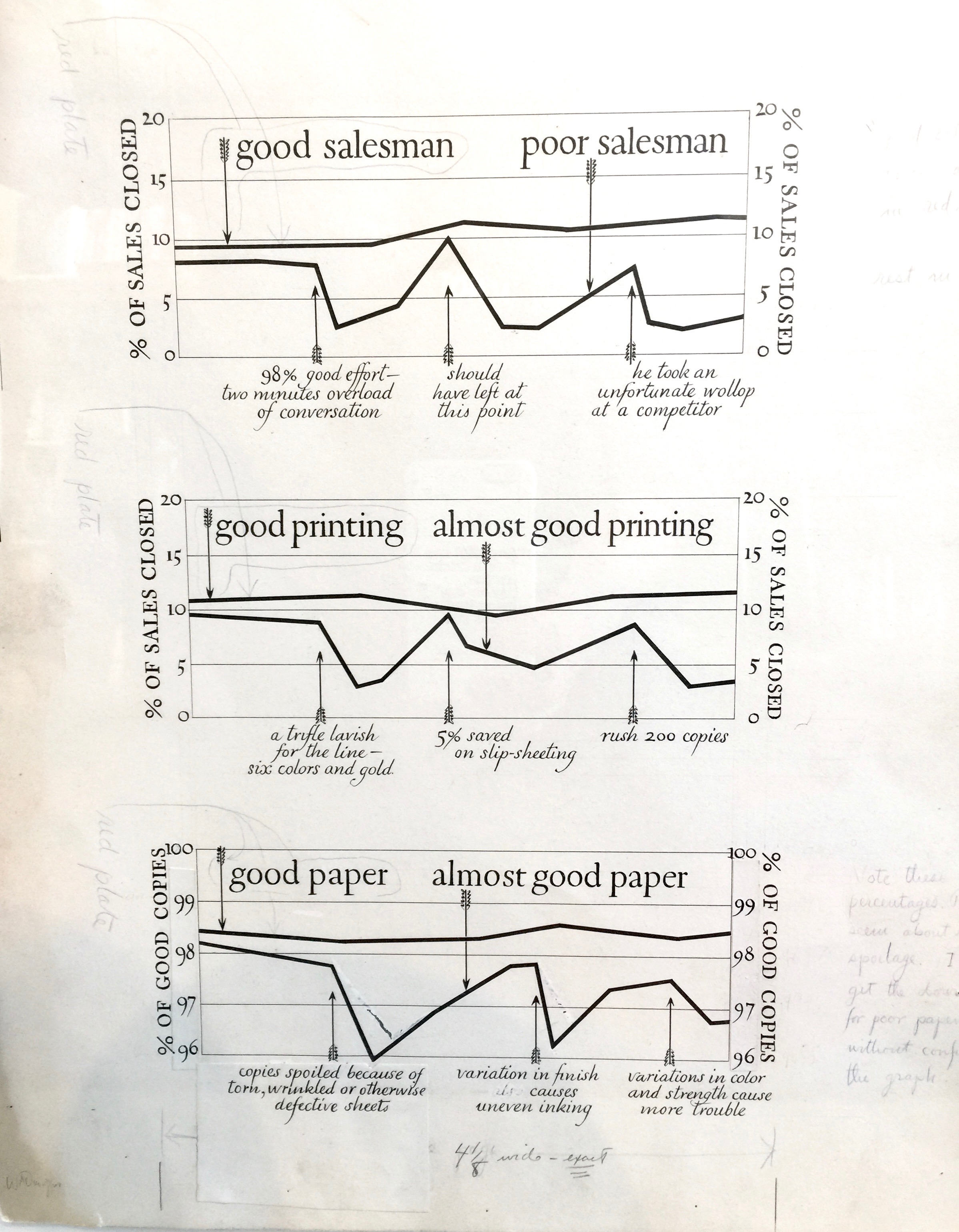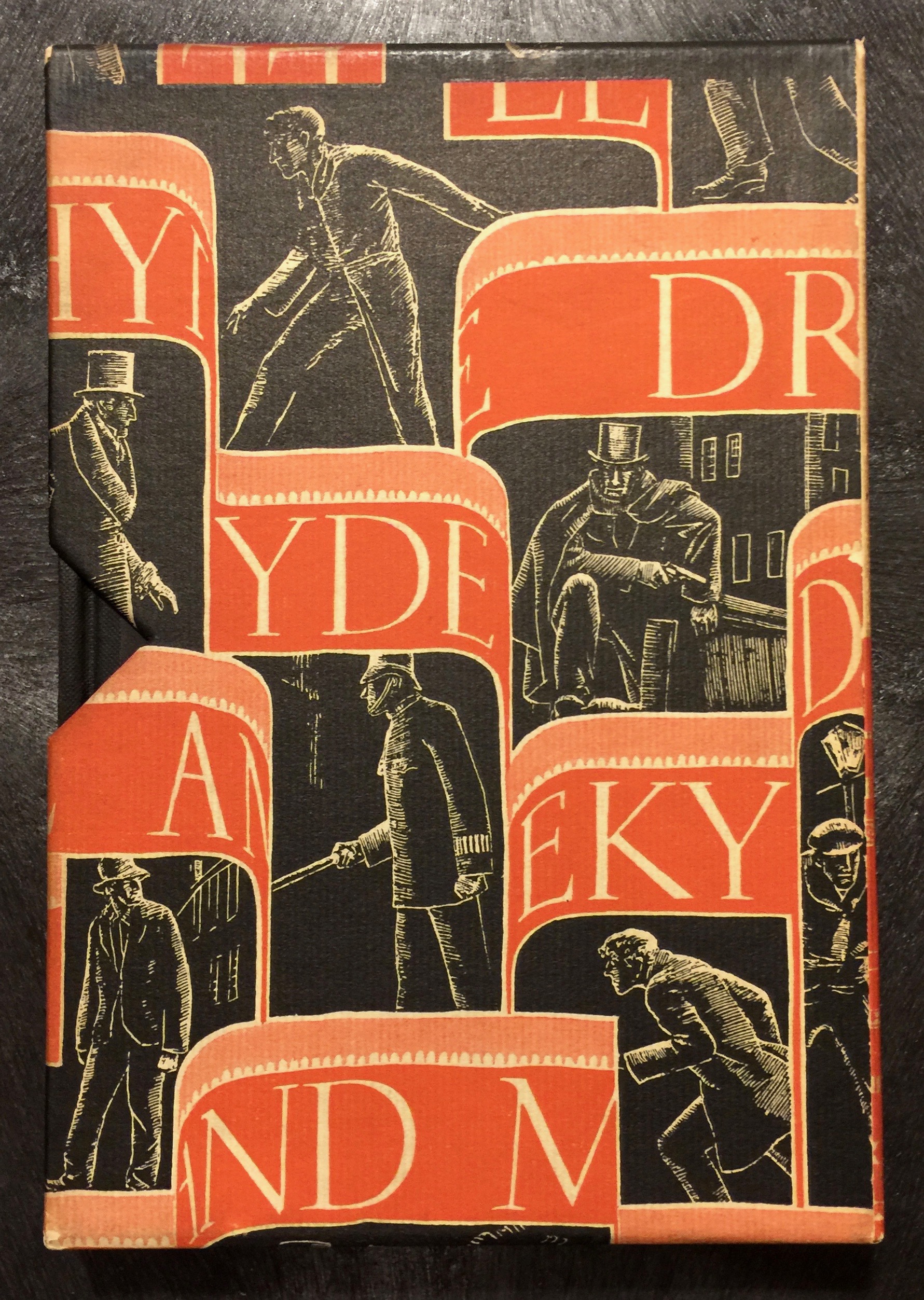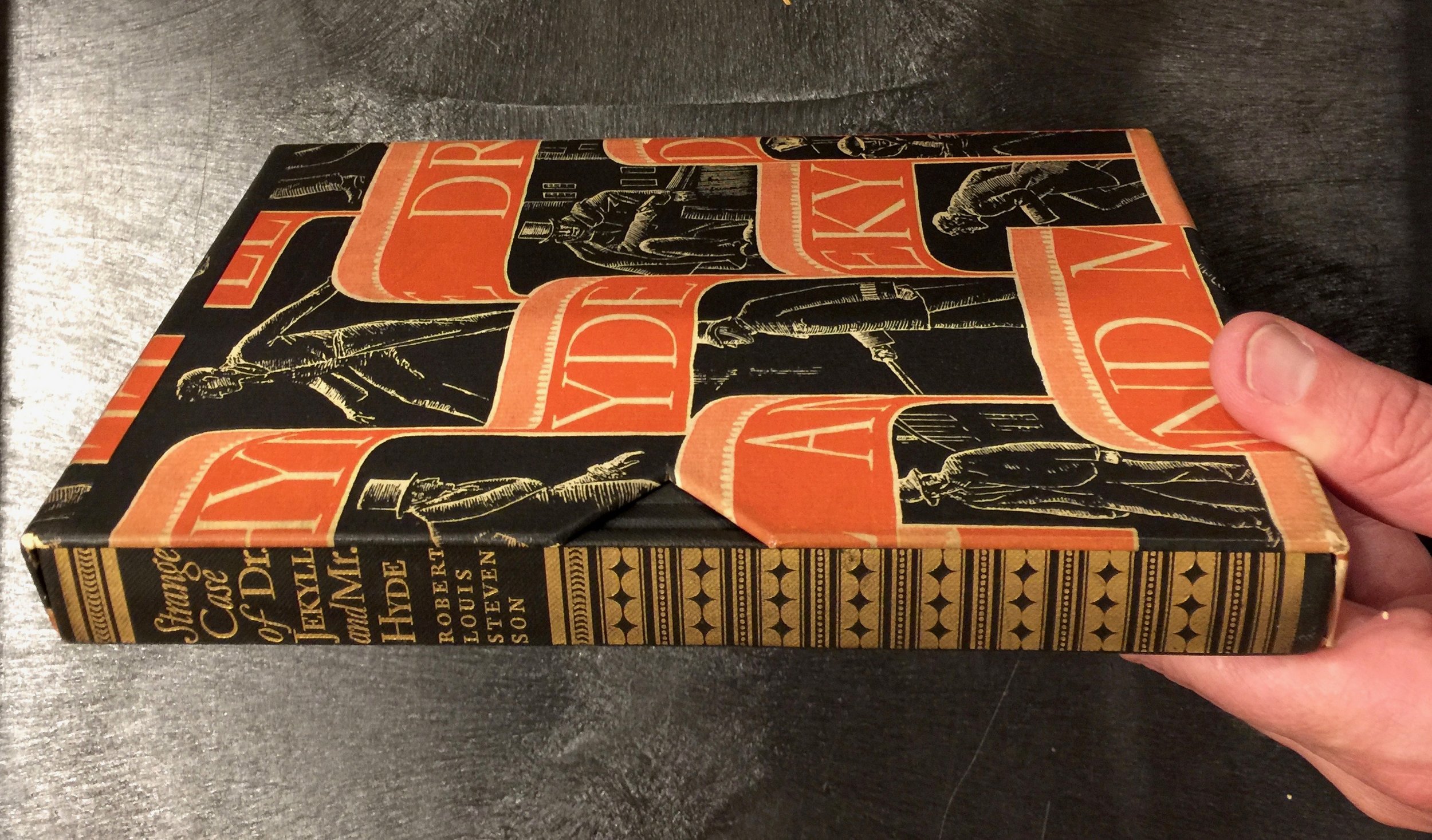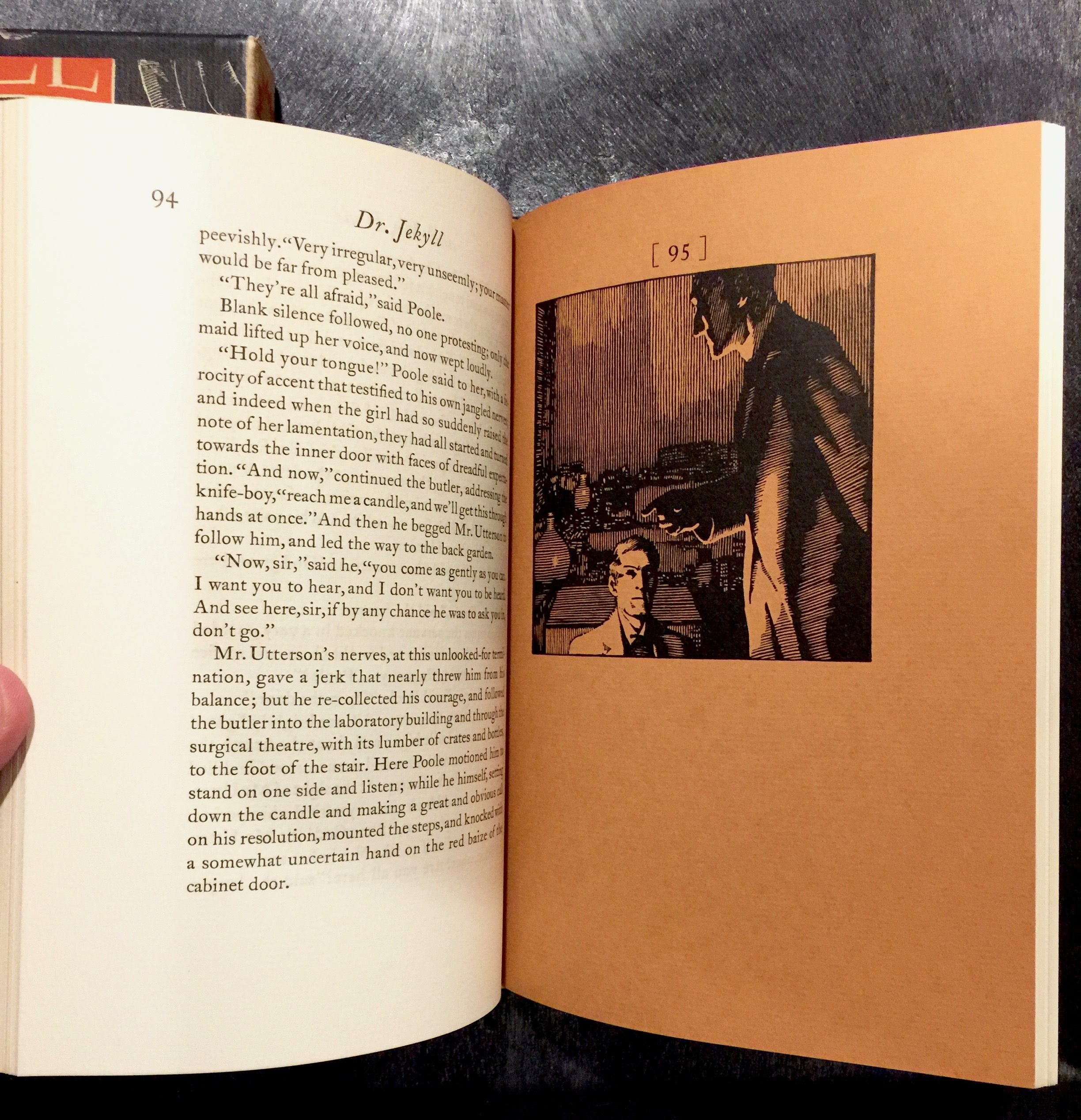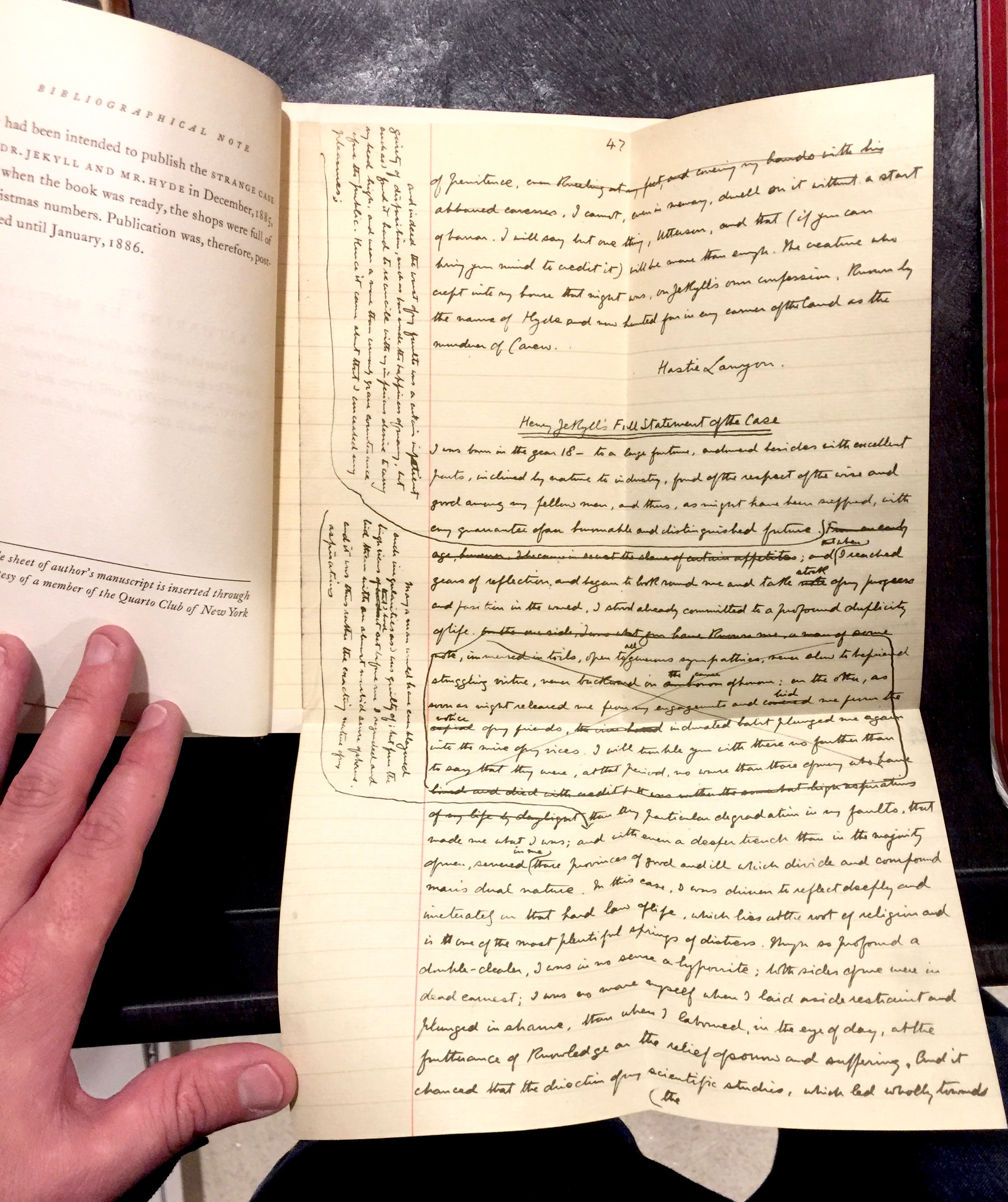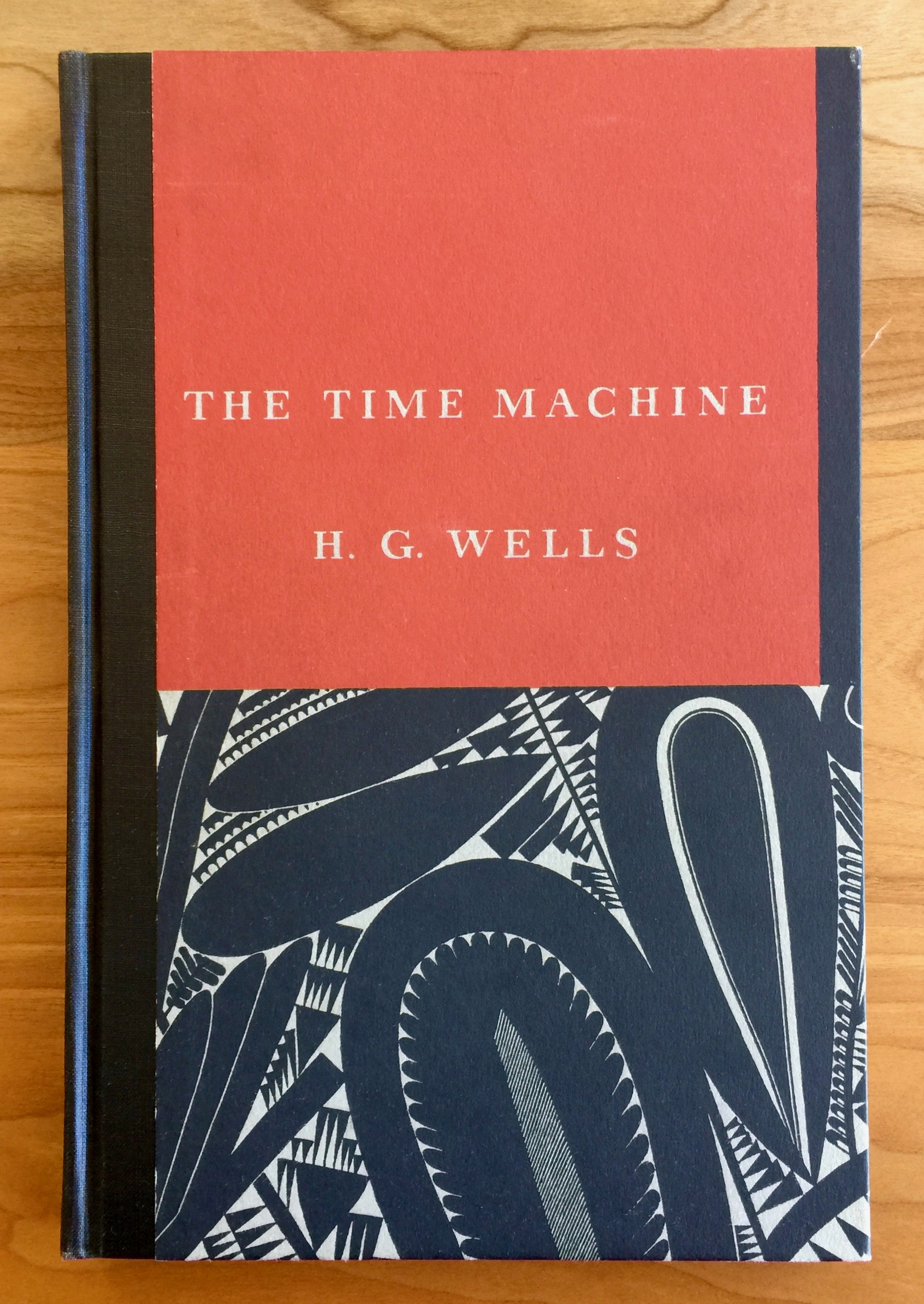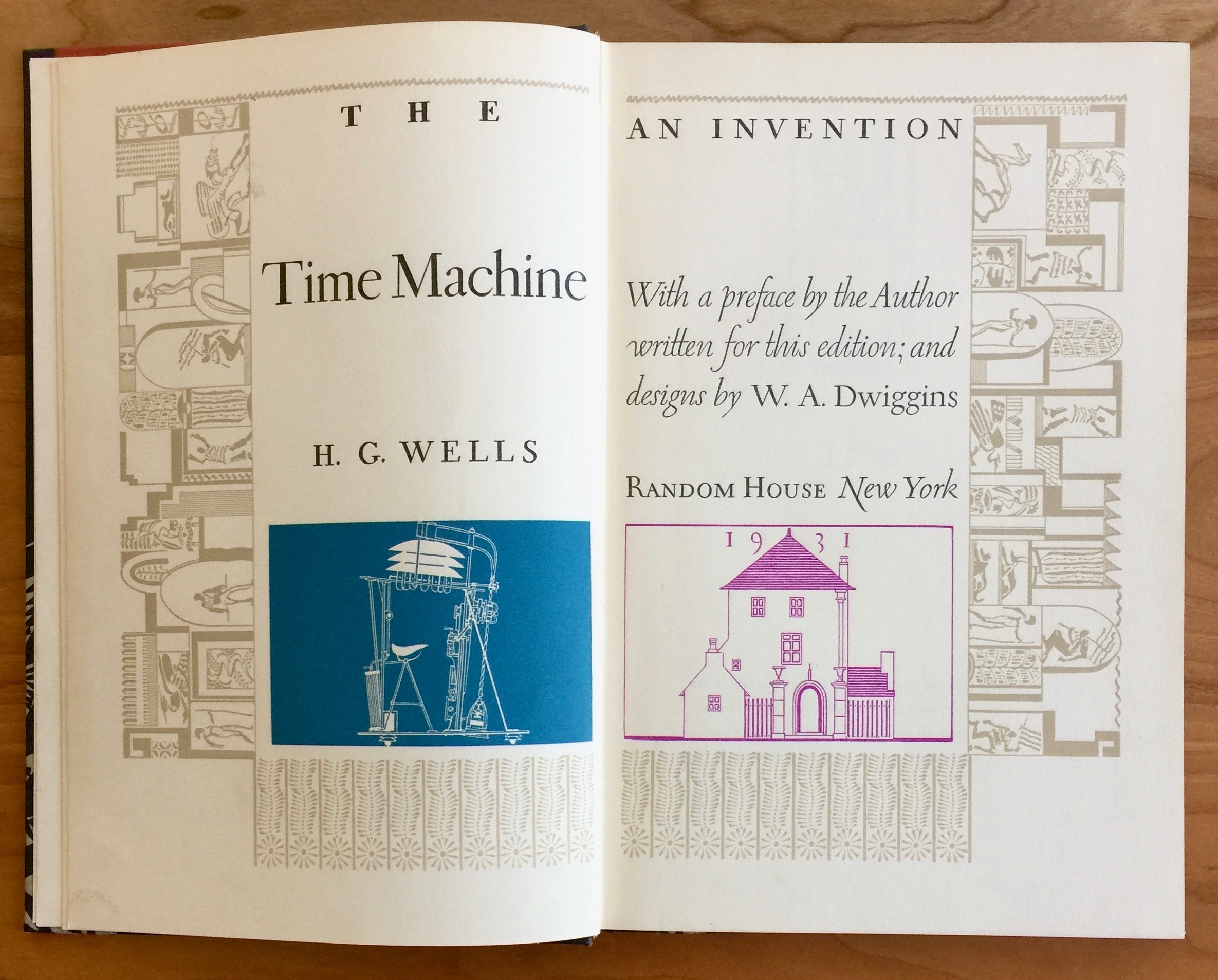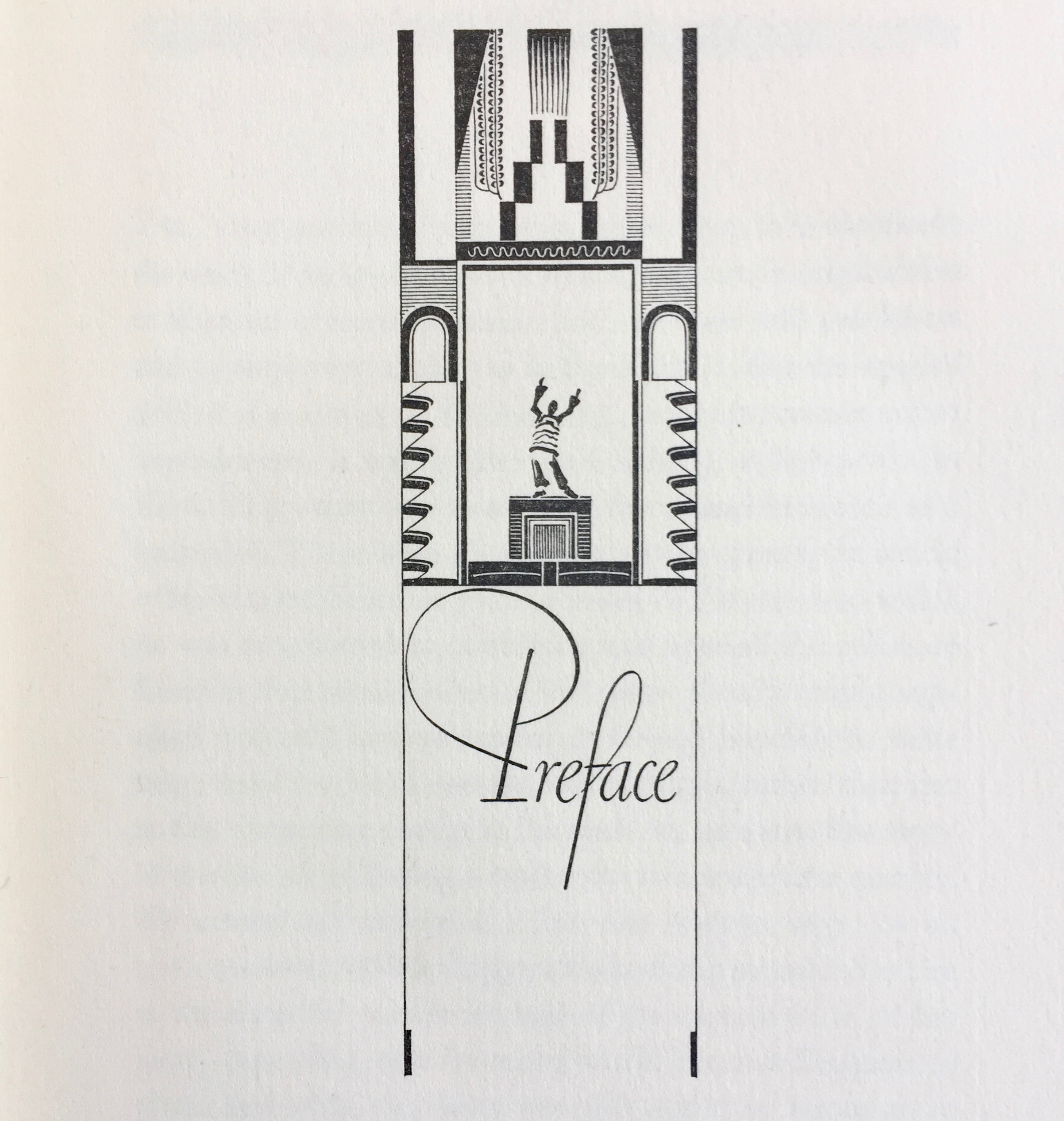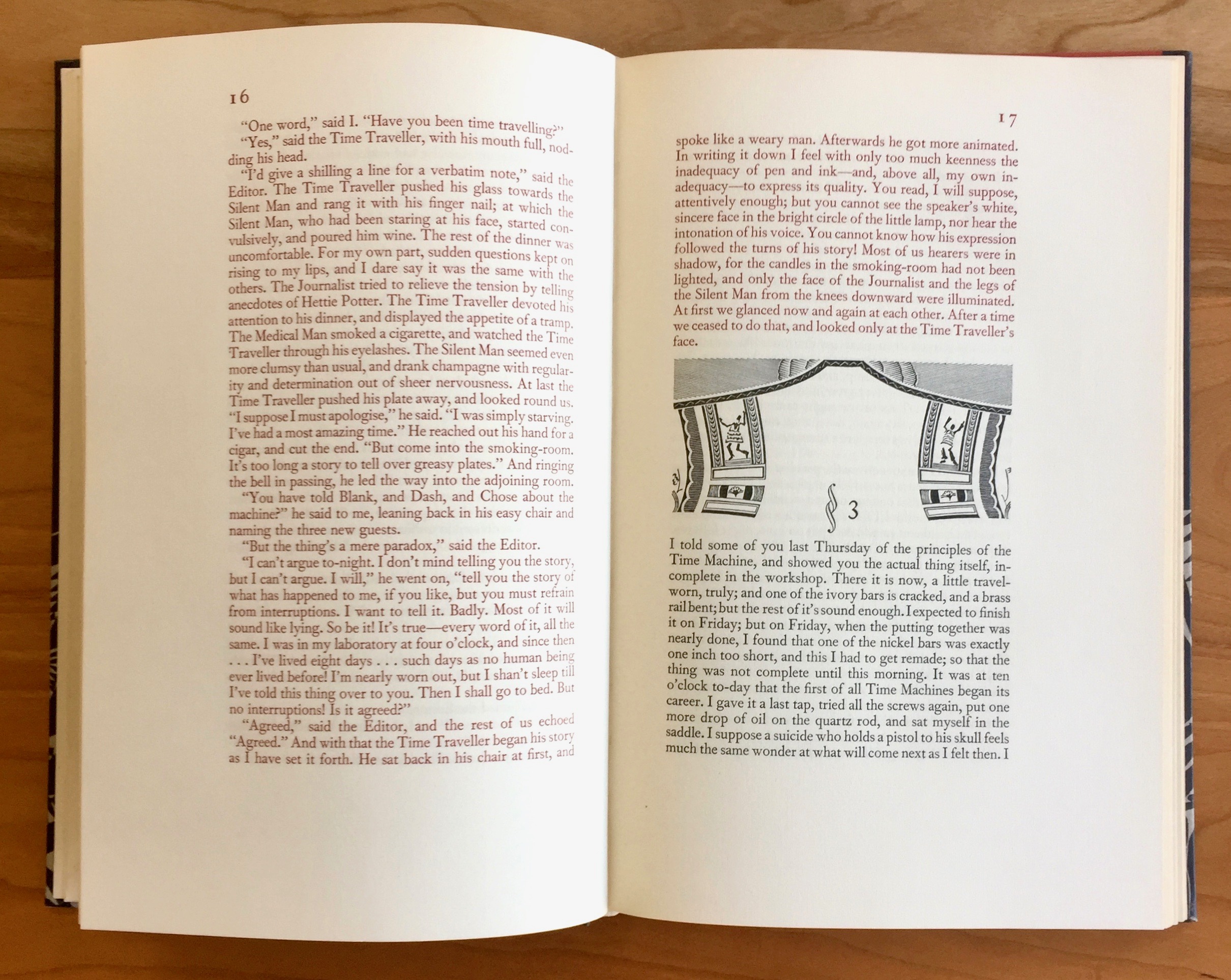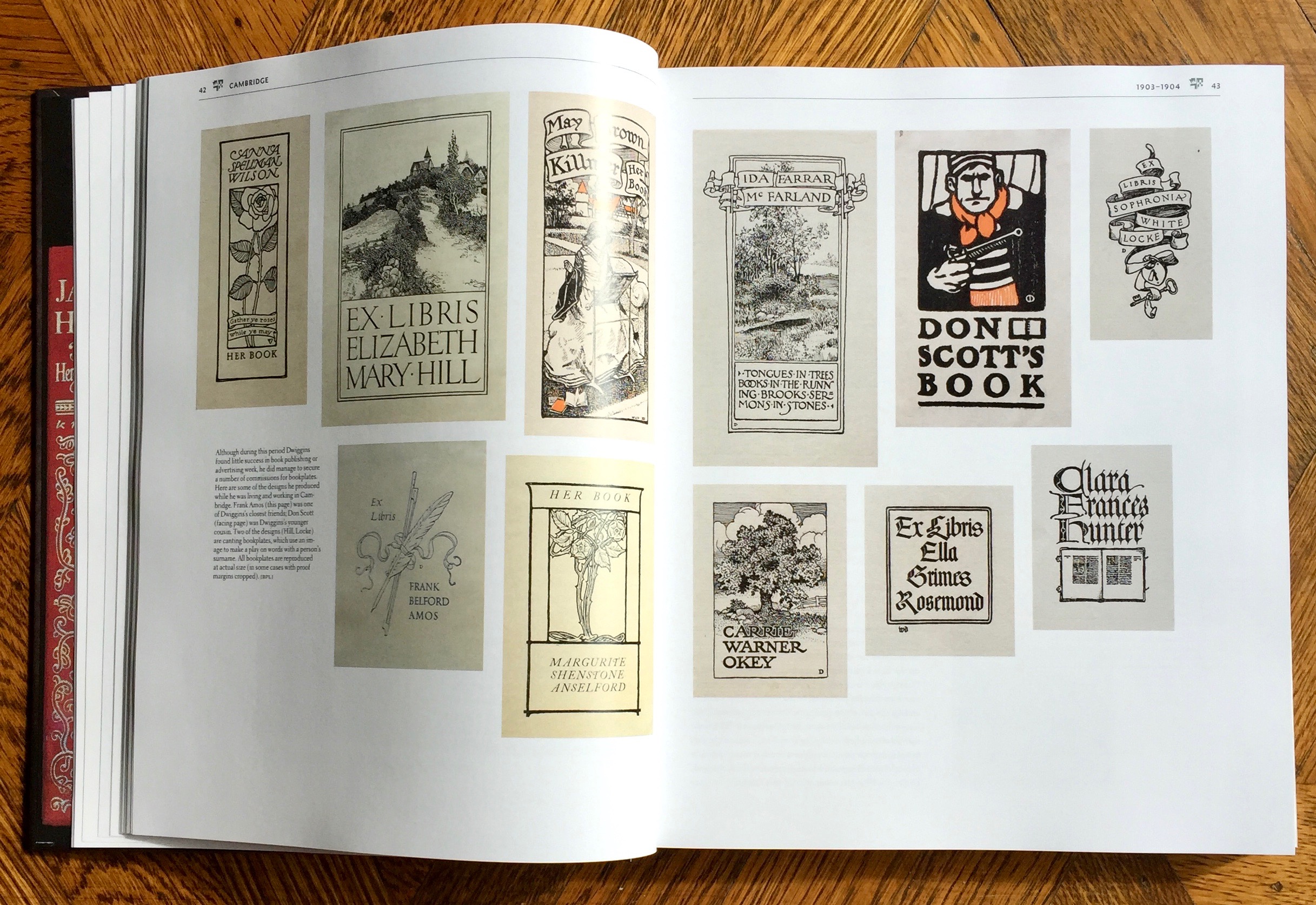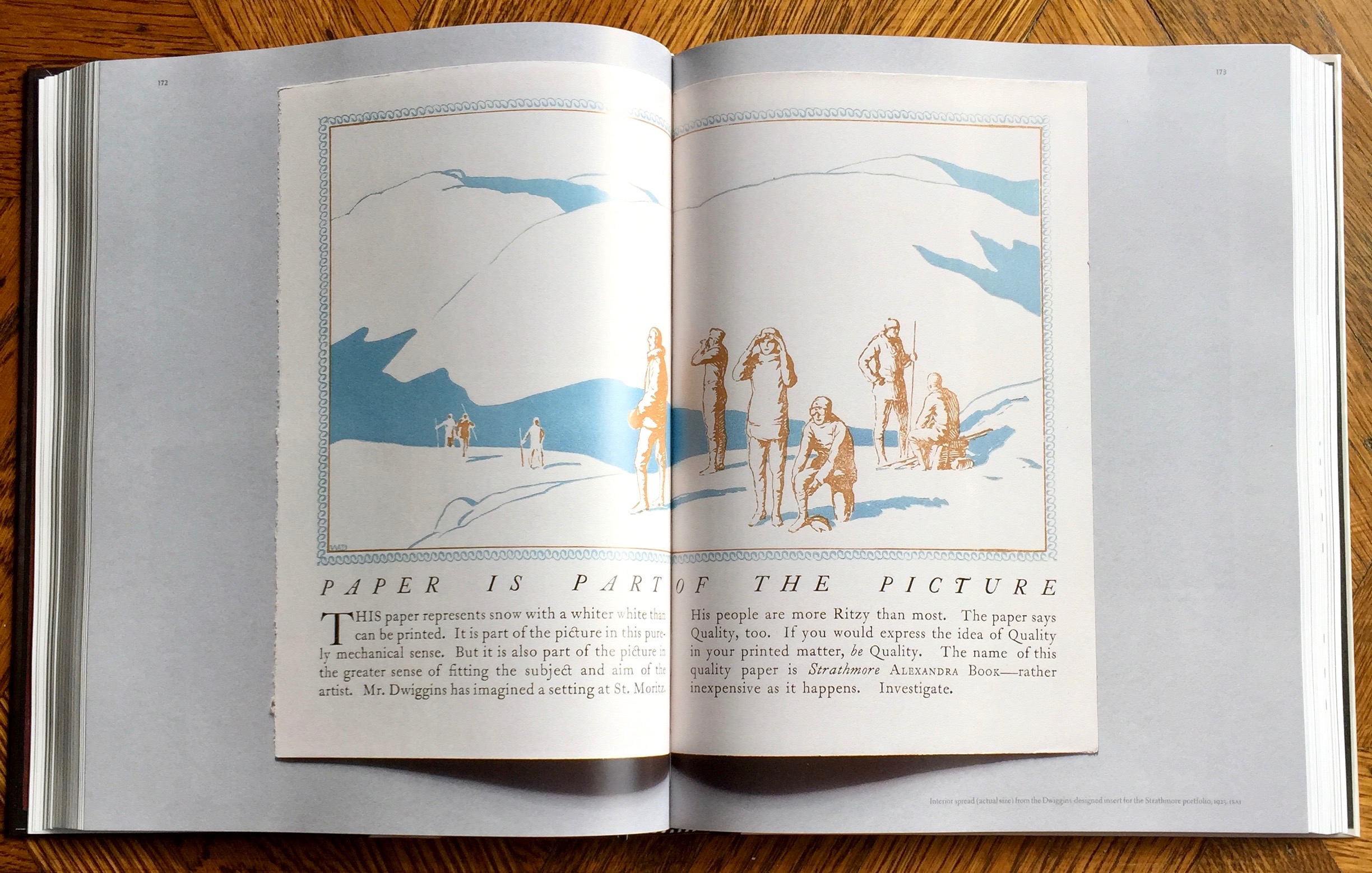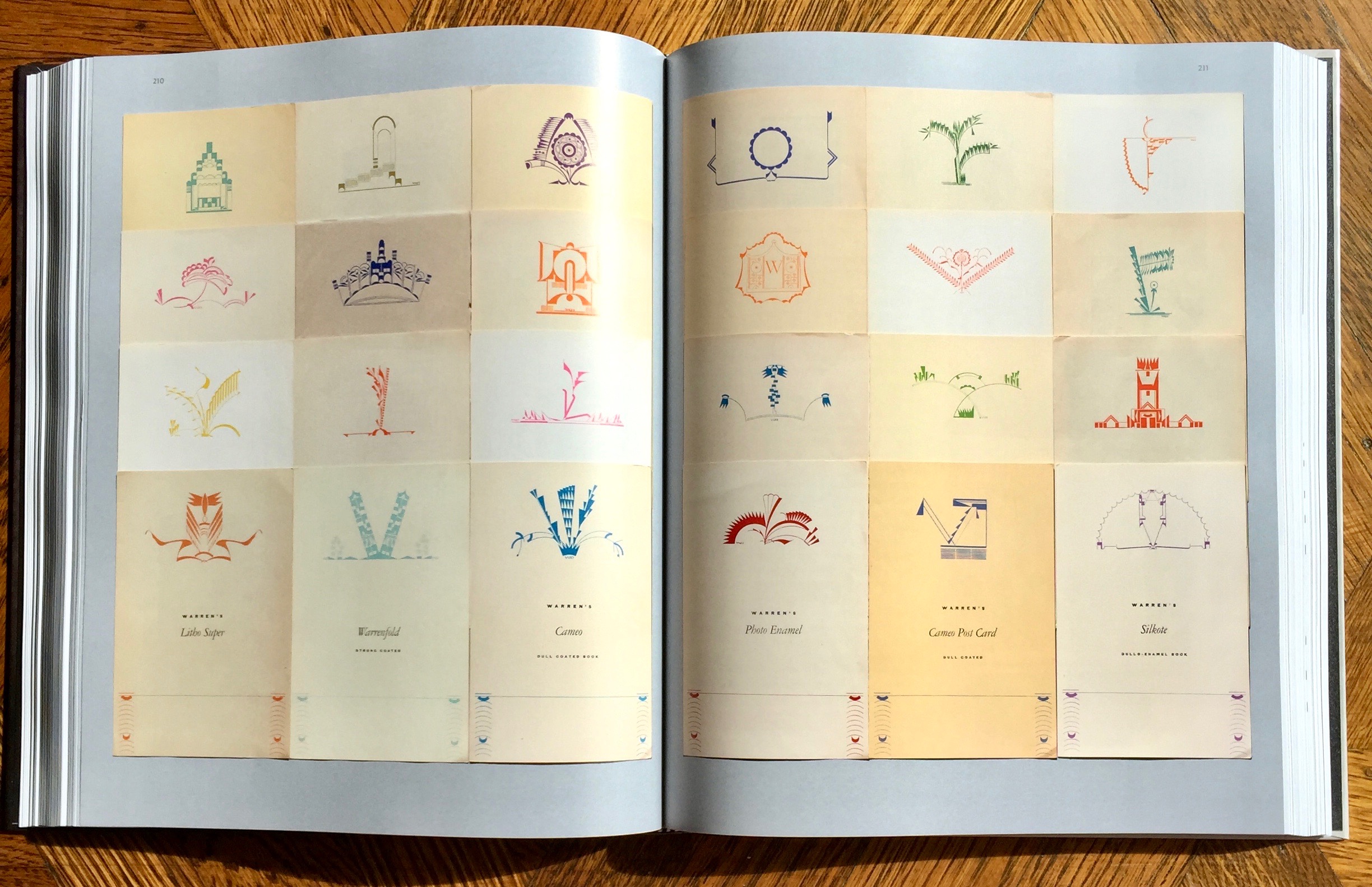Before you pounce on me for the title, I know he wasn't the first ever person to practice the various crafts that make up graphic design. But William Addison Dwiggins was exceptionally talented in all things graphic design - illustration, typography, book design, calligraphy, layout, advertising, information design. And more importantly he was first to coin the term "graphic designer" back in 1922 to describe what he did. So in my reckoning he gets to be called the first.
I'd heard of Dwiggins but it wasn't until I visited the Letterform Archive that I really got to know his work, and his brilliance. As a graphic design student in the UK, most of the historical design teaching focussed on British graphic designers like Abram Games, F.H.K Henrion etc. Or on graphic designers that influenced the look of Britain like Hans Schleger and then on the truly historical type designers. I don't remember ever hearing about Dwiggins (this is probably just me being a bad student). So for me it's been a wonderful awakening to his work.
When the Letterform Archive announced a kickstarter to publish a new book W.A. Dwiggins: A Life In Design, I had to get a copy. I'd seen his data visualisation artwork and the fabulous book designs for Robert Louis Stevenson's Dr. Jekyll & Mr Hyde and H.G Well's Time Machine for Random House (1929, 1931) at the archive and I'd fell in love with the work. The illustration, colour work and detailing is incredible, here are a few pics from my visits.
I'd been following the book creation and growing ever more excited about my copy and last week it arrived. It's written and designed by Bruce Kennett and it's a true labour of love. Spanning Dwiggins' career from childhood and at almost 500 pages with 1200 images/illustrations it's incredibly comprehensive. The mostly chronological structure, tied to place is a great way to situate his work historically and supply context. It's wonderfully written and helps get a sense of Dwiggins the man as much as the work. It's the first major publication from Letterform Archive and they've done a fantastic job - I'm eagerly awaiting their future publications.
The book
From the moment you open it you get a sense of the love for the subject. Touches like the digitisation and creation of Dwiggins' type Electra for the project and the fabulous end papers are beautiful additions. Every aspect from credits to section divides has been carefully designed to 'be' Dwiggins, to reflect him. And the more I read the more I begin to understand his engagement with the world through his design.
Once you dive into the book, it's a sumptuous affair. The photography is great and really helps relay the form. The denseness of the content is fantastic and it packs a lot into the pages, but it is designed beautifully so it retains a sense of space, lightness and rhythm. This makes it both readable and browsable. I already know this will be a book I pick up again and again each time discovering something new and wonderful.
Here are a few spreads:
For me one of the most inspiring and beautiful things about Dwiggins is his attention to detail. There's always an elegant use of colour and ornament in everything he created. And it's his blend of skills; typography, calligraphy and illustration that delivers that. It's a good reminder that design (at least great design) comes from a combination of different crafts.
The other thing about Dwiggins that resonates with me was his engagement with information design. His data visualisations and charts are incredible and his explorations and advice around the practice of "graphic design" is brilliant. This piece on using charts to convey ideas and information is fantastic. It's from 1922 and you can see the direct thread from these ideas to today's data visualisation gurus like Tufte and Few.
The user centric nature of the headline is still some of the best advice I've come across for creating charts and data visualisation:
take the shortest route to their understanding
Accompanying that is the underlying idea of how powerful data visualisation can be (Dwiggins knew a thing or two):
Graphs stamp impressions on the brain
Here's some more of Dwiggins' data visualisation.
And I can't not include these 3 items - mostly because I think they are great.
So that's a tiny taste of what W.A. Dwiggins: A Life In Design by Bruce Kennet has to offer.
If you love graphic design, this needs to be on your bookshelf. And if you are in San Francisco then you can get yourself along to the Letterform Archive and take a look at some of the original pieces shown in the book!

